Article Source: Republika online
There are differences of opinion about the origin of the presence of Islam in the United States. First, the view that Muslims had sailed to America several centuries before Christopher Columbus set foot there in the late 15th century.
Second, the idea that the earliest Muslims came from Senegambia, West Africa, and came to America in the early 14th century. Third, the opinion that among the crew of the Columbus ship there were Muslims who also sailed to the New World.
Although not enough evidence is available to ensure an accurate version, what is clear is that the arrival of Islam in the United States was closely related to global developments in at least four centuries ago such as inter-oceanic shipping, the decline of Islamic rule in Spain, and the African slave trade to America. About ten percent of the African slaves sold to America were Muslim.
Also Read: Be Careful of the Trap of Deploying Peacekeeping Forces to Gaza
However, as slaves who are not free, they cannot practice their religion freely. They are also disorganized, which explains why there are no Islamic institutions they have founded nor the cultural heritage as well artifacts they have left behind. In adapting to the environment in America, there are some of them who abandon their Islamic identity so that the number of Muslims in America is slowly decreasing.
However, there were major changes in the late 19th and early 20th centuries. This was a time when the US was experiencing high economic growth and rapid industrial development.
They are no longer from Africa, but from other parts of the Islamic world, including from the Arab world, Asia (especially Central Asia and South Asia) and Eastern Europe. In contrast to the early generations of Muslims in America who almost did not leave artifacts as a sign of their existence, these Muslims in the early 20th century succeeded in building mosques as centers of religious activity as well as social activities in their respective communities.
A number of these ancient mosques still survive today, and bear witness to the struggle of Muslims in a land thousands of kilometers from their homeland, with a much different culture and nature.
Also Read: The Forty-Four-Days of Glory: Azerbaijan’s Struggle for Justice and Peace
Sally Howell, historian and director of the Center for Arab American Studies at the University of Michigan-Dearborn, said that the first mosque built in the US was located in Chicago.
Built in 1893, the mosque is actually part of the city’s World’s Columbian Exhibition to commemorate the 400th anniversary of Columbus’ voyage to America. This city was chosen because of its easy-to-reach location due to its good road access.
In the exhibition covering an area of 280 hectares, various replicas of temporary buildings that are unique from dozens of countries in the world were erected.
One of them is a mosque that represents Islam and Egypt because it was built with an architecture similar to the Qait Bey Mosque, a historic mosque founded in Cairo in 1472 by the Mamluk Dynasty. Through this mosque, the American people can see firsthand the appearance and function of the mosque.
Also Read: Palestine Solidarity Month: A Collective Movement for Al-Aqsa and Palestine’s Freedom
During the exhibition, the mosque, which is located on a street called Cairo Street, is staffed by workers, guards and imams. To reinforce the exotic feel of the East, they wear clothes like in their hometown.
The call to prayer is recited five times a day from the mosque, and the imam leads the prayer, which is followed by both mosque administrators and Muslim visitors who come to the exhibition.
The exhibition lasted for six months (1 May-30 October 1893). At the closing of the event, the mosque was closed while the administrators returned to their home countries.
The mosque in the sense of a permanent building that is purely used as a place of worship and a center of activity for the Muslim community in the US only came a few decades later. Its establishment and management is no longer carried out by Muslims who come to the US only temporarily, but by immigrants who plan to live forever in the US.
Also Read: Hassan al-Turabi: A Controversial Thinker from Sudan
One of the earliest mosques of the new century was a mosque founded by Muslim immigrants in Highand Park, Michigan, in 1921. Eight years later, in Ross City, North Dakota, another mosque was built.
Its founders were Muslim migrant communities from Syria and Lebanon who since the early 20th century came there and cleared land. This mosque was unused and damaged due to the decreasing number of Ross’s Muslim population over time. It was only in 2005 that this mosque was repaired again.
In addition to the two mosques above, there are several other mosques that have also witnessed the presence of Islam in the US, especially since a century ago.
Among these are the Al-Sadiq Mosque in Chicago (founded by the Ahmadiyya community in 1920), the Dearborn Mosque in Michigan (built by an American Muslim group in Dearborn in 1938), the mosque and Islamic center in Southern California (built by the local Muslim community in 1952), and the mosque and Islamic center in Washington which began to be used for the public in 1952 (founded on the initiative of several important figures such as the then Egyptian Ambassador to the US, Mahmood Hassan Pasha, and other Muslim diplomats).
Also Read: Who Exactly is the RSF Group Shaking Sudan?
This latter mosque, the Washington mosque and Islamic center, occupies a special position because its inauguration ceremony, five years after its opening, was attended by the US president Dwight D. Eisenhower.
In his opening remarks, the president said he had the honor to attend the inauguration of what he described as “one of the newest and most beautiful buildings in Washington”.
Interestingly, Eisenhower not only emphasized that Muslims have the right to establish their places of worship in the US but also that he appreciated the contributions of past Islamic scholars to world civilization.
He mentioned the achievements of Muslim scientists in the fields of medicine and astronomy, which he said gave many benefits to various fields of human life.
Also Read: The Two-State Solution (Palestine–Israel) in Historical Perspective
No less interesting is the mosque known as the Mother Mosque or the Induk Mosque. Founded in 1938, this mosque is located in Cedar Rapids, Iowa, and was originally known as The Moslem Temple. Many said that this is the first mosque that was specifically designed as a mosque.
The mosque was named the Mother Mosque by Thomas Irving, a prominent Canadian-American thinker (who has embraced Islam since the 1950s) and the author who first translated the Quran into American English, also known as the first American version of the Quran (published in 1985). Some people call it a commentary, because the translation is designed to fit the sociological context of Muslims in North America.
The shape of the Mother Mosque is typical, with an elongated building, similar to a school building, and walls made of wood. Apart from being a place of worship, this mosque stores historical objects, including the Koran and old rugs from the Ottoman Empire.
However, 74 years after its establishment, in 2008, to be exact, this mosque was hit by a major flood, and the two historical heritages along with a number of books and other documents were also damaged.
Also Read: Enchanted by K-Dramas, Dragged into Slander: Time for Muslims to Rise!
However, the mosque building remains intact, and can still be used today. This mosque building is also considered as one of the historic buildings in Cedar Rapids City.
In terms of age, indeed, mosques in the US are relatively young compared to other mosques outside the Arab world, even when compared to mosques in South and Southeast Asia.
However, these mosques have become a symbol of the presence of the Muslim community in a country far from the core area of Islam, their struggle to practice their worship, the problems they have to face, the art of Islamic architecture typical of North America, and as a sign that Muslims in the US has now become an integral part of US history and public memory. (T/RE1)
Mi’raj News Agency (MINA)
Also Read: Creating Opportunity and Avoiding Misery; Lesson Learn on Waste Recycling Issue






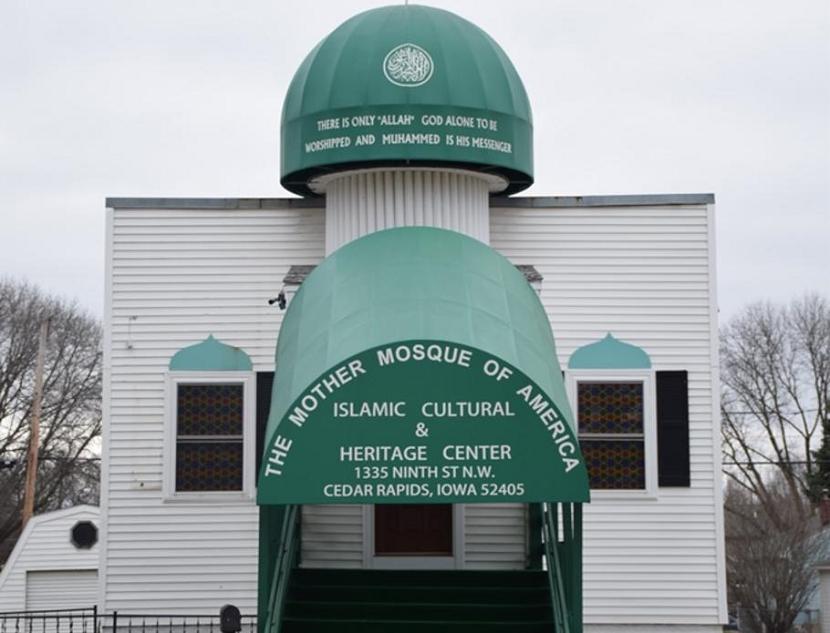

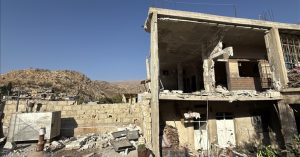







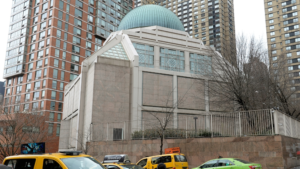
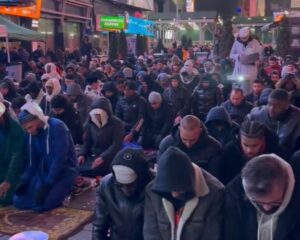
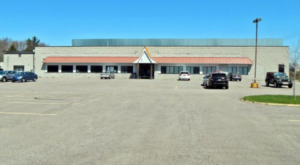

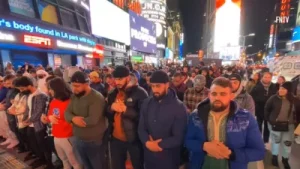















 Mina Indonesia
Mina Indonesia Mina Arabic
Mina Arabic